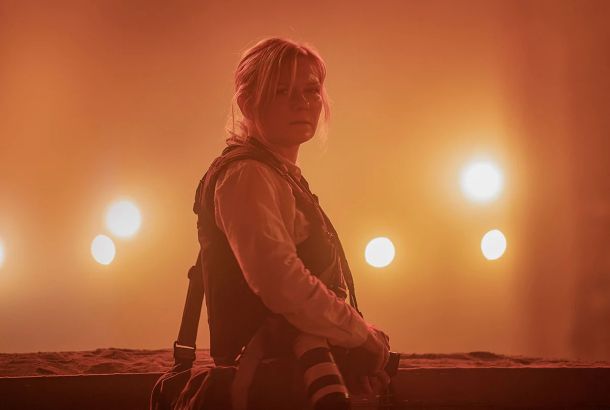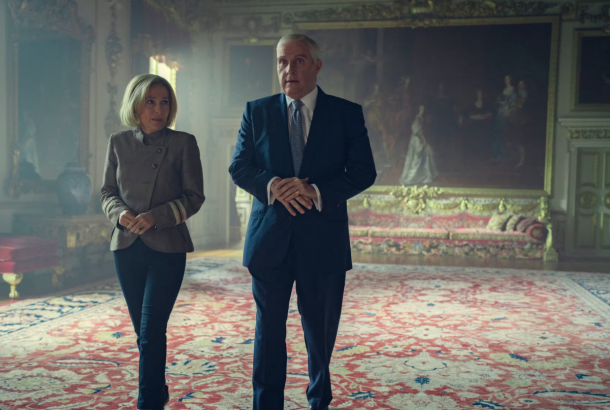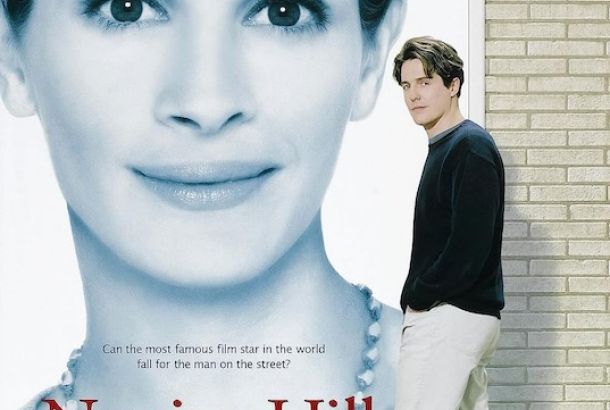Mainstream cinema should open the door to the ‘one who knocks’
How Breaking Bad could change movies forever.
Contains spoilers.
It is over. The series that possibly marks the apex of America’s recent ‘Golden Age of Television’, has finished. Yet as we were so often reminded after the Olympics, there is no point dwelling on what has been, it is time to start talking about legacy and Breaking Bad has left a tangible and effective one. The impact it has made on television is fairly clear. Along with Mad Men, the Sopranos, the Wire and a handful of others; the scope of a television drama has been completely redefined (and incidentally completely left Britain behind). Yet the lessons to take from Breaking Bad need not end on the small screen. If employed and properly understood, the golden age of television could save a far from golden age of blockbuster cinema.
Pretty much every major release this summer was plagued by the same problem – stakes. Consistently in high concept, largely sci-fi/fantasy writing, the threat or impact of danger is focused in very large scale physical terms. It seems that whatever happens to Superman, Captain Kirk or Tony Stark, ultimately the greatest damage will always be suffered by bridges, skyscrapers or even planets. Script doctor Damon Lindelhof, recently spoke out against this fetish for gigantism, despite being one of its chief proponents as a writer on both of JJ Abrams Star Trek films and Cowboys & Aliens (2011). In a recent interview he said –
“We live in a commercial world, where you’ve gotta come up with ‘trailer moments’ and make the thing feel big and impressive and satisfying, especially in that summer-movie-theater construct. But ultimately I do feel—even as a purveyor of it—slightly turned off by this destruction porn that has emerged and become very bold-faced this past summer…It’s almost impossible to, for example, not have a final set piece where the fate of the free world is at stake. You basically work your way backward and say, ‘Well, the Avengers aren’t going to save Guam, they’ve got to save the world.’ Did Star Trek Into Darkness need to have a gigantic starship crashing into San Francisco? I’ll never know. But it sure felt like it did.”
So now, we turn to view the achievements of Vince Gilligan, and his writing/directing team. What are the elements in Breaking Bad that could persuade a change in blockbuster cinema? Firstly let’s consider the physical investments. Breaking Bad is shot on location, in the punishing terrain of Albuquerque, New Mexico. The scenery has become almost a character in the show itself. Electric and rolling time-lapses link scenes, situating Walter White’s rise (or fall depending on your perspective) against a backdrop that is as wild and unpredictable as his own actions. It is hard to imagine more surreal moments, like Danny Trejo’s head aboard a tortoise, ringing true in a faster more grounded environment – such as the shows originally pitched setting in LA.
Beyond the value of location, the independence of the Breaking Bad directors should be valued exceptionally highly. Despite being the showrunner, Vince Gilligan far from directs every episode. He is surrounded by exceptional directorial talent, most notably Rian Johnson (Brick, Looper) and Bryan Cranston himself. Importantly when these directors take the reigns, Gilligan allows them to do exactly that. Far from making every decision from up on high, he values that his is not the only voice in the room – in fact he recently said that “the worst thing the French gave us is the auteur theory”. Yet Gilligan does not see the alternative to the auteur being a committee, rather he trusts the multiple strengths and individual palettes of his team to produce something that is as singular as it is collaborative. The next, crucial layer to this relationship is the respect Gilligan is then allowed by AMC, the network that produces and broadcasts Breaking Bad. Gilligan has always expressed the huge amount of freedom he is afforded in his narrative and stylistic decisions. It has allowed him to organically develop the concept without the bonds of studio interference. When we consider Lindelhof’s feelings towards the ‘commercial world’ that films are now produced in and view the colossal financial success of Breaking Bad, it becomes possible to re-imagine independence as the more reliable guarantor of profit.*
Yet ultimately we return to the idea of ‘stakes’. What is the ultimate cost of the danger? Well again Breaking Bad provides a fascinating model, for in this case the protagonist “is the danger”. As many times as Hollywood blows up London or wipes out 89 percent of the population, I will never feel the rush of fear and dread I felt watching a DEA officer sat on the toilet reading Walt Whitman’s Leaves of Grass. It is the reason Shaun of the Dead works better than World War Z, why Drive is better than Fast and Furious and why District 9 is better than Elysium. Over the five seasons of Breaking Bad the investment in character is labored over so exquisitely that the thought of harm befalling them – even psychological – conjures heart-aching, gut-wrenching, exceptional television. This doesn’t completely remove spectacle from the equation, take the demise of Gus Fring or the plane crash at the end of season two. Both of these were moments of shock and awe, but built into such meticulous contexts that the true impact was beyond visual. It was a payoff with both an instant rush and an impression that lasts for days.
I listened to a podcast recently, wherein a writer said he didn’t want film to try and incorporate the sprawling character investment that features in shows like Breaking Bad or The Sopranos. Instead he felt cinema should progress toward visual developments to tell stories. In some respects he has a point, how can a film of two hours hope to produce the same level of narrative finesse that Vince Gilligan can spread out over five seasons. Yet more recent films like Moon, Skyfall and to an extent the first Pirates of the Caribbean, are an indication of how wrong it would be to assume that character development is for ‘television only’. We also have a wealth of brilliant pre-millennial cinematic examples to draw from. The new Hollywood generation of Coppola, Spielberg and Lucas, to name a few, may have invented the ‘blockbuster’ – yet forty years after the Godfather, Michael Corleone’s corruption still fascinates us.
Since the arrival of Christopher Nolan we have come to expect our blockbusters ‘dark’. Yet the mistake came when we started assuming ‘dark’ meant ‘death’ or ‘mass destruction’ or ‘really moody sporadic violins’. The darkest moments in Breaking Bad are lies, deception, and moral compromises. As we stand looking back at this ‘Golden Age’ of television it would be easy to romanticise. It isn’t all perfect, most notably the pervading obsession with masculinity that seems to run through all the major television dramas of the past 10 years (a run possibly broken recently by Netflix’s Orange is the New Black). However, the overarching success of these dramas is in understanding that human relationships propose the highest stakes and always will. Seeing the world blown to pieces another time will no longer effect us. There is no variation with such unimaginably high stakes. Seeing a man destroy his family through his own hubris? His selfish search for significance in a universe that seems to have forgotten him? That is a full measure.
*See Armando Ianucci’s BAFTA lecture for more on this theme.







